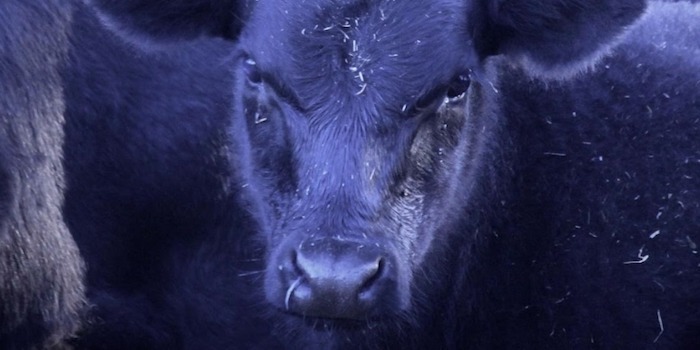|

With most cattle throughout southern Australia being forced into confinement feeding, it is important to be on the lookout for bovine respiratory disease (BRD). This is a commonly occurring, multifactorial disease of intensification which can happen to all stock but is more frequent in weaners. The development of BRD is the combination of stress and infectious agents.
Stressors include:
+ Transport
+ Lack of condition
+ Weather extremes
+ Co-mingling
+ Dehydration
+ Handling
+ Dust
+ Feed and water changes
Infectious agents include:
+ Viruses
- BHV-1 - Infectious bovine rhinotracheitis virus (IBR)
- BVDV (pestivirus)
- BRSV
- PI3 (influenza)
+ Bacteria
- Mannheimia haemolytica
- Pasturella multocida
- Histophilus somni
- Mycoplasma bovis
Of the above infectious agents, vaccines are available in Australia for BVDV, IBR and Mannheimia haemolytica.
Signs to look out for are:
+ Open mouth breathing
+ Nasal and oral discharge
+ Coughing
+ Drooping ears
+ Increased respiratory rate
+ Fever >39.3oC
+ Sudden drop in condition
+ Reduced appetite
Treatment
Treatment responses are good when the disease is detected early, and before severe damage has occurred to the lungs. A combination of antibiotics and anti-inflammatories are used along with isolation. Speak to us about this.
Impact on business
+ 70-90% of the cost of BRD is due to the reduction in weight gain.
+ There is a strong association between average daily gain and mortality rates due to disease
+ An increase in disease incidence and mortality rates will also reflect a decrease in average daily gains across the mob of cattle as there are animals among the group who are sub-clinically affected (not showing visible signs, but still sick).
|
